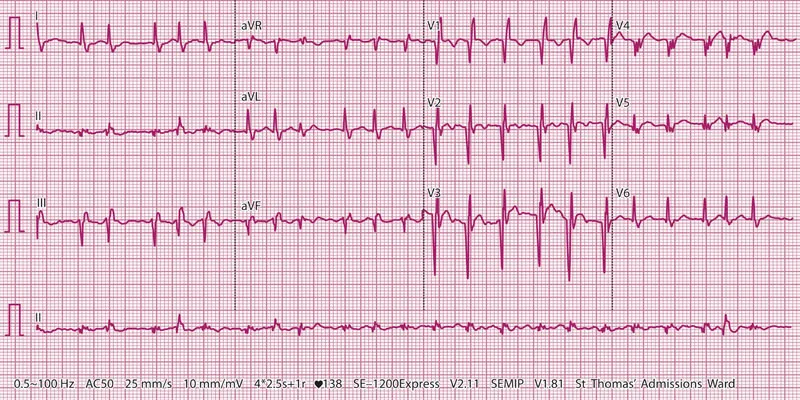
100 Cases in Clinical Pharmacology, Therapeutics and Prescribing
Kerry Layne, Albert Ferro
- 226 Seiten
- English
- ePUB (handyfreundlich)
- Über iOS und Android verfügbar
100 Cases in Clinical Pharmacology, Therapeutics and Prescribing
Kerry Layne, Albert Ferro
Über dieses Buch
100 Cases in Clinical Pharmacology, Therapeutics and Prescribing explores scenarios commonly seen by medical students and junior doctors in the ward, emergency department, outpatient clinic or in general practice in which an understanding of pharmacology and sound prescribing practice is central to successful clinical management and safe patient care. A succinct summary of the patient's history, examination and any initial investigations is followed by questions on the diagnosis and management of the case. The answer includes a detailed discussion on each topic, providing practical advice on how to deal with the challenges that occur when prescribing, including planning, drug calculations, prescription review and adverse drug reactions. The book will be invaluable during clinical placements and is an ideal companion during preparation for the Prescribing Safety Assessment
examination.
Making speedy and appropriate clinical decisions, and choosing the best course of action to take as a result, is one of the most important and challenging parts of training to become a doctor. These true-to-life cases will teach students and junior doctors to prescribe appropriately, and to hone their diagnostic and management skills.
Häufig gestellte Fragen
Information
SECTION 1
BASIC PRINCIPLES
CASE 1: THE CYTOCHROME P450 SYSTEM
History
Examination
Results
Blood test | Result | Reference range |
White cell count | 7.8 × 109/L | 4.0–11.0 ×109/L |
Haemoglobin | 123 g/L | 120–160 g/L |
Platelet count | 400 × 109/L | 150–400 ×109/L |
INR (international normalised ratio) | 1.2 units | 0.8–1.2 units |
Questions
ANSWERS
Hepatic enzyme inhibition | Hepatic enzyme induction | |||
|---|---|---|---|---|
Enzyme inhibitors | Drugs with effects potentiated by inhibitors: | Enzyme inducers | Drugs with effects impaired by inducers: | |
Allopurinol | Carbamazepine | Barbiturates | Hydrocortisone | |
Cimetidine | Ciclosporin | Carbamazepine | Oral contraceptive pill | |
Ciprofloxacin | Phenytoin | Ethanol (chronic misuse) | Phenytoin | |
Disulfiram | Theophyllines | Phenytoin | Warfarin | |
Erythromycin | Warfarin | Rifampicin | ||
Ethanol (acute intoxication) | Sulphonylureas | |||
Isoniazid | ||||
Omeprazole | ||||
Sodium valproate | ||||
Sulphonamides | ||||
 | Key Points |
|---|---|
| 1. The CYP system is a family of isoenzymes that are responsible for the metabolism of many drugs. 2. Enzyme inducers will lead to rapid metabolism of certain drugs and may impair their effects. 3. Enzyme inhibitors will reduce the rate of metabolism of certain drugs and thus increase their effects. | |
CASE 2: THERAPEUTIC LEVELS
History
Examination
Results
